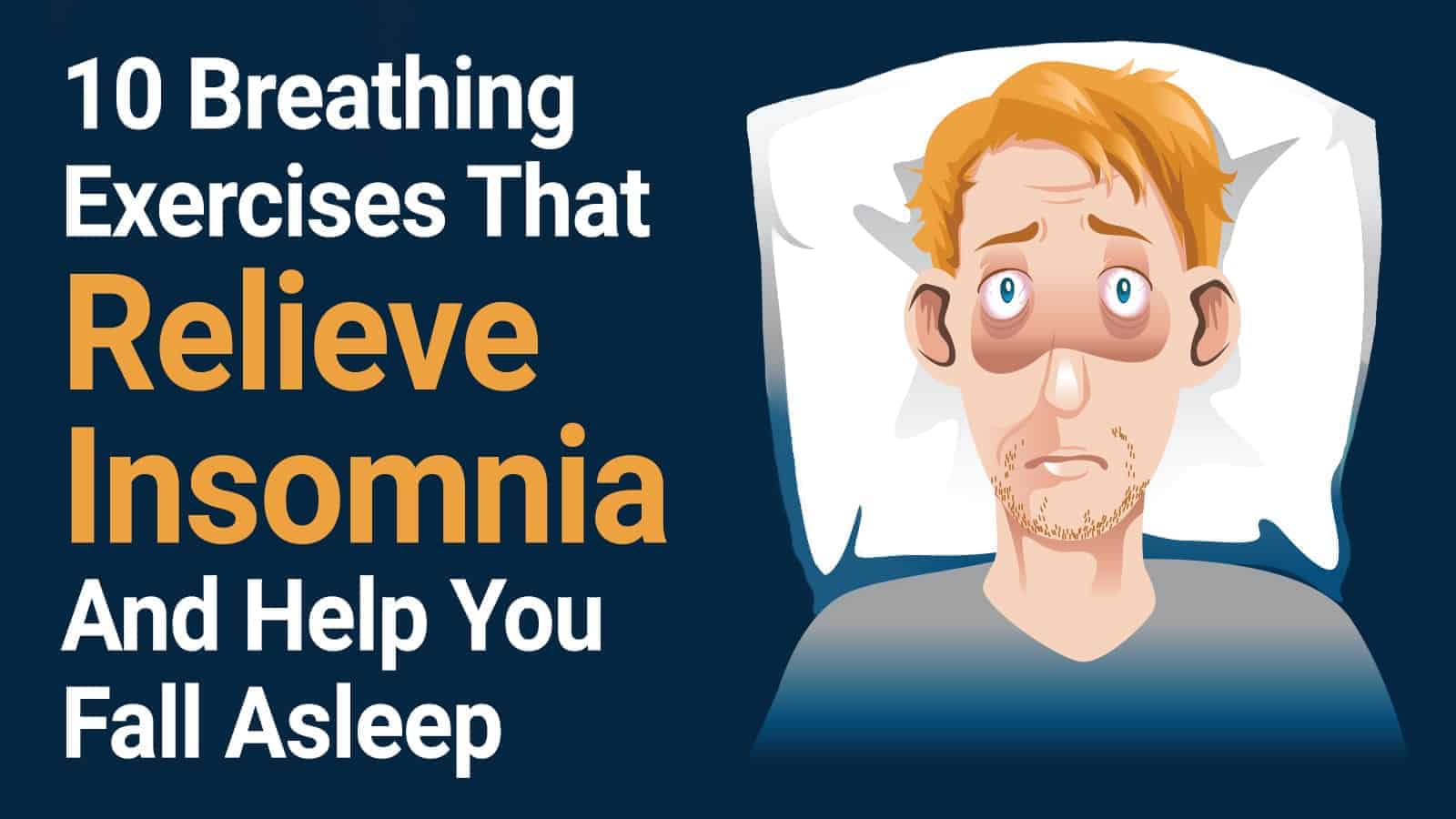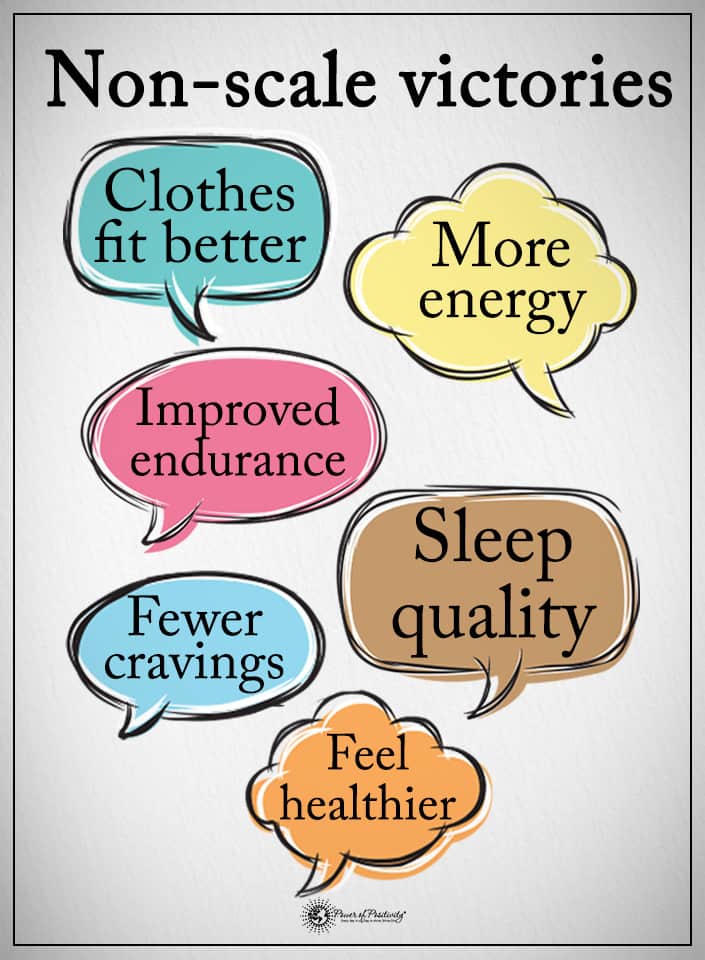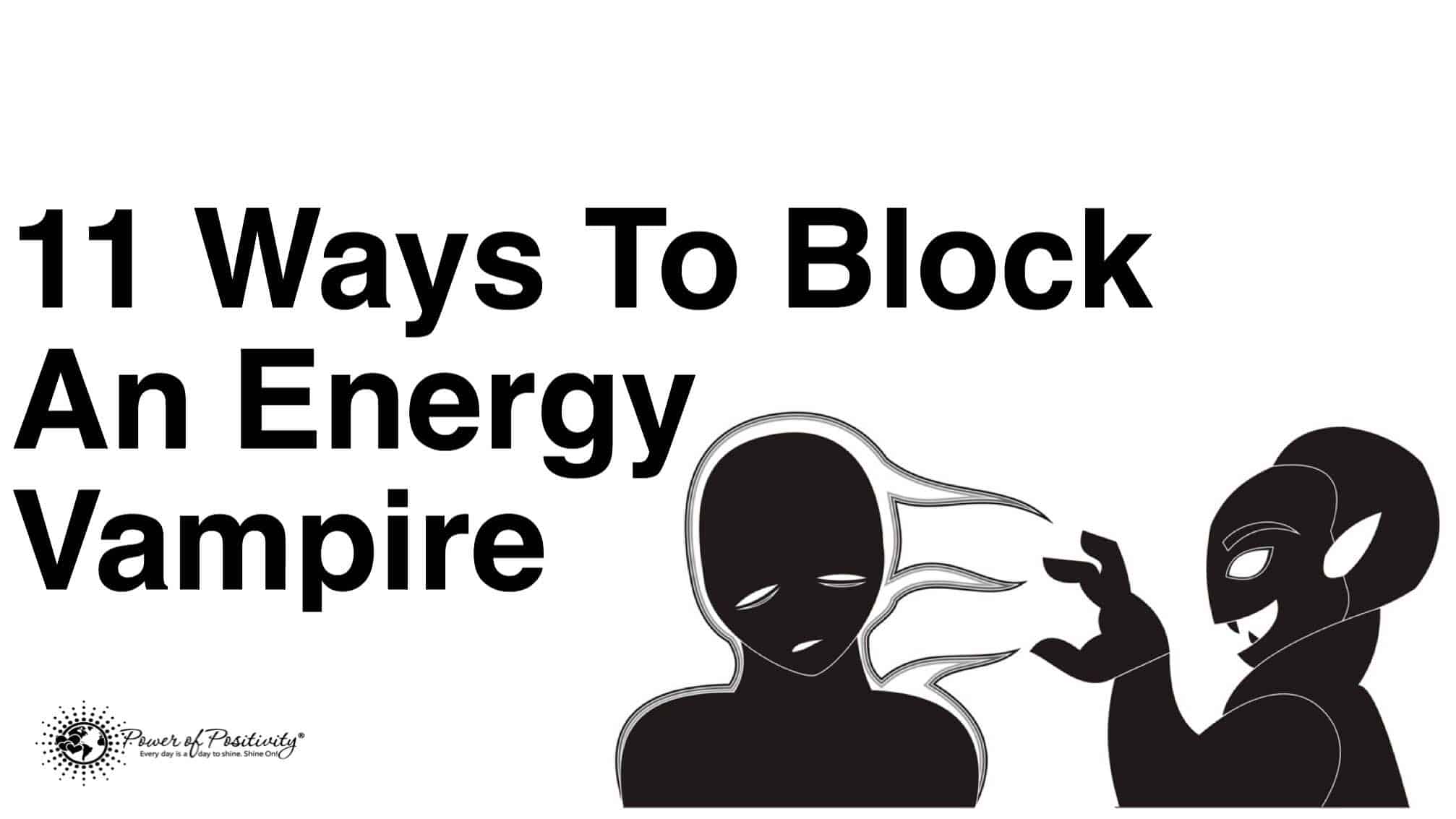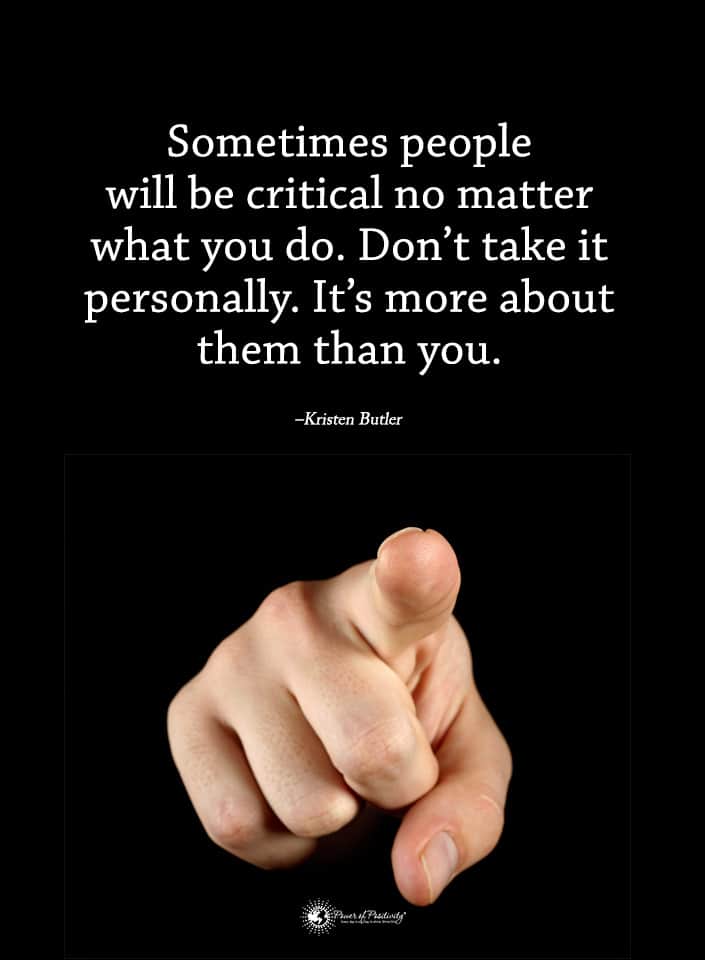We have all had “that day.” You know—the one where the last thing you want to do is to cook over a hot stove. Instead, try these fresh salad recipes that are easy to prepare and don’t require cooking. Your family will have a healthy meal without all the fuss.
1. Fiesta Taco Salad
Ingredients:
•4 Taco bowl shells
•4 cups lettuce, shredded
•2 cups leftover grilled chicken, seasoned & shredded
•2 cups pre-cooked rice
•3 red bell peppers, seeded & thinly sliced
•1 cup canned corn, drained
•1 cup canned black beans, drained
•3 ripe avocadoes, peeled and sliced
•1 medium jalapeno pepper, seeded and thinly sliced
•2 limes, juiced
Directions:
•In four dinner plates, place one taco bowl shell each and set aside.
•In a large mixing bowl, combine all ingredients except lime juice. Add lime juice and lightly toss ingredients until well combined. Zesty salad recipes can be served with warm tortilla chips and fresh salsa.
2. Caesar Chicken Salad
Ingredients:
•3 gloves garlic, peeled
•1 cup extra virgin olive oil
•4 anchovy fillets, chopped
•1 fresh lemon, juiced
•4 cooked chicken breasts, skinless & boneless, sliced
•3 cups seasoned croutons
•4 hearts romaine lettuce, roughly chopped
•1 cup Parmesan cheese, freshly grated
•Salt & Freshly ground pepper, to taste
Directions:
•In the bowl of a food processor, add two garlic cloves, ½ cup olive oil, anchovies, and lemon juice. Puree until smooth. Add salt and pepper to taste and adjust as necessary.
• In a large bowl, add lettuce, chicken, croutons, and Parmesan and lightly toss until combined. Add dressing and gently toss again until ingredients are completely coated. Add more salt & pepper to taste. Salad recipes like this can be served without meat.
3.Tangy Apple & Bleu Cheese Salad
Ingredients for Dressing:
•4 TB French Dijon mustard
•1 small lemon, juiced
•2 TB light honey
•1 cup extra virgin olive oil
•Three-fourths cup balsamic vinegar
•1 tsp. salt & freshly ground black pepper
Ingredients for Salad:
•2 heads romaine lettuce, torn
•4 medium Granny Smith apples, cored & thinly
•1 cup toasted pecans, chopped
•1 half-pound bleu cheese, crumbled
Directions:
•In the bowl of a food processor, add mustard, lemon juice, and vinegar and blend. Slowly drizzle oil in until well combined. Add salt and pepper to taste. Place in refrigerator to chill.
•In a large salad bowl, add lettuce, apples, and cheese and toss lightly until combined. Add dressing and continue rolling until ingredients are coated. Sprinkle in pecans and toss again. If you don’t have pecans, you can substitute with chopped walnuts. These salad recipes are ideal for busy weekdays.
4. Garden Greek Salad
Ingredients:
•1 large seedless cucumber, peeled and diced
•1 medium red onion. Peeled and thinly sliced
•3 medium tomatoes, diced
•2 stalks celery, sliced
•1 half-cup whole Kalamata olives
•1 small bunch fresh oregano, finely chopped
•Sea salt and freshly ground pepper, to taste
•1 half-cup feta cheese, chopped
•One-half cup extra virgin olive oil
Directions:
•In a large salad bowl, add cucumbers, onion, tomatoes, celery, and olives and gently toss. Add oregano and season with salt and pepper for taste. Toss in feta until combined. Set aside for at least 15 minutes for optimal flavor.
•Drizzle in olive oil and add more salt & pepper as needed. You can add anchovies to make this like one of the classic Greek salad recipes.
5. Italian Sub Salad
Ingredients for dressing:
•3 Tbsp. extra virgin olive oil
•One-fourth cup red wine vinegar
•One-fourth tsp. garlic powder
•1 small bunch fresh oregano, finely chopped
•One-fourth tsp. sea salt and freshly ground black pepper
Ingredients for salad:
•1 large head romaine lettuce, torn into small pieces
•2 cups baby spinach leaves
•1 small red bell pepper, seeded and chopped
•1 small golden bell pepper, seeded and chopped
•Ten small pecorino peppers, whole
•1 cup black olives, sliced
•1 half-pound sliced pepperoni, chopped
•1/2 pound prosciutto, chopped
•1 half-pound hard salami, chopped
Directions:
•In a medium bowl, add oil, vinegar, garlic powder, oregano, salt, and pepper and whisk unto combined. Set aside.
•In a large salad bowl, add all vegetables and meats and toss to combine. Drizzle in dressing and continue tossing until ingredients are coated. Serve crusty bread with this and others of your favorite salad recipes.
6. Easy Cobb Salad
Ingredients for dressing:
•1 cup red wine vinegar
•1 large lemon, juiced
•One cup cold water
•1 Tbsp. Salt & freshly ground black pepper
•1 Tbsp. Worcestershire sauce
•One tablespoon powdered mustard
•1 cup extra olive oil
•3 cups canola oil
Ingredients for salad:
•One-half head iceberg lettuce, shredded
•1 large bag mixed salad greens, chopped finely
•2 large tomatoes, peeled, seeded, & diced
•2 skinless/boneless chicken breasts, precooked and finely diced
•1 half-cup precooked real bacon bits
•4 hard-boiled eggs, chopped
•1 avocado, peeled and finely diced
•1 small bunch fresh chives, finely chopped
•Three-fourth cup bleu cheese, crumbled
Directions:
•In a blender, add vinegar, water, lemon juice, salt, pepper, Worcestershire sauce, and mustard powder. Blend until just combined. While still blending, drizzle in oils until completely incorporated. Place in a sealed container and refrigerate at least 3 hours or overnight.
•In the bottom of a wide, shallow salad bowl, alternate lettuce and mixed greens into four side-by-side lines. Alternately arrange chicken and tomatoes in lines over the greens crosswise. Evenly sprinkle bacon bits over salad. Place avocado around the edges of the mixture. Top with eggs, blue cheese, and chives evenly.
•Pour one cup of dressing over the salad just before serving and toss until combined. Cover and refrigerate any leftover dressing. This is one of the most attractive salad recipes to make.
7. Summer Pea Salad
Ingredients:
•2 cups frozen peas, thawed
•1 can water chestnuts, drained & thinly sliced
•One medium red bell pepper, seeded & diced
•1 half-cup whipped salad dressing
•2 tsp. Dijon mustard
•1 small bunch fresh dill, chopped
•One-half tsp. sea salt & freshly ground black pepper
Directions:
In a medium mixing bowl, add peas, water chestnuts, and red bell pepper and toss until combined. In a small bowl, combine whipped salad dressing, mustard, dill, salt & pepper until smooth. Stir dressing into the salad and toss to combine well. Cover and refrigerate at least 1 hour.
8. French Beet Salad
Ingredients:
•One-fourth cup extra virgin olive oil
•1 Tbsp. light honey
•2 Tbsp. Dijon mustard
•1 small lemon, juiced
•2 Tbsp. red wine vinegar
•2 cans plain cooked beets, chopped
•1 small bunch fresh basil, chopped
Directions:
In a medium bowl, add oil, honey, mustard, lemon juice, vinegar, salt & pepper, and whisk until combined. Add beets and onions, cover, and refrigerate for at least 30 minutes. Top with basil and serve.
9. Lemony Blackberry Salad
Ingredients for dressing:
•2 Tbsp. red wine vinegar
•1 Tbsp. extra virgin olive oil
•2 Tbsp. sesame seeds
•Sea salt & freshly ground black pepper, to taste
Ingredients for salad:
•1-pint blackberries, rinsed & drained
•1 large lemon, zested & juiced
•4 cups packaged mixed greens, rinsed & drained
•1 small green onion, chopped
•1 small bunch fresh dill, chopped
Directions:
•You want to add together the blackberries, lemon, greens, dill, and onions into a large bowel, and then set aside for later.
•Now, using a whisk, prepare the vinegar, oil, seeds, salt, pepper, and lemon juice in a smaller bowl. Pour the mixture over the salad in the larger bowl and serve.
10. Grandma’s Egg Salad
Ingredients:
•8 packed boiled eggs, chopped
•1 cup whipped salad dressing
•2 small green onions, chopped
•2 medium dill pickles, diced
•4 Tbsp. Dijon mustard
•One-fourth teaspoon salt & freshly ground black pepper
•2 Tbsp. paprika
Directions:
In a medium bowl, add eggs, salad dressing, onions, mustard& spices, and stir until completely incorporated. Cover and refrigerate for at least 1 hour or overnight. This is one of the many salad recipes that are easy to prepare ahead.
11. Quick Cucumber Salad
Ingredients for Dressing:
•One-fourth cup extra virgin olive oil
•1 small lime, juiced
•One-half tsp red pepper flakes
•One-fourth tsp salt & freshly ground black pepper
Ingredients for salad:
•2 cucumbers, thinly sliced (large and seedless varieties)
•1 large onion of your choice – thinly sliced
•1 large bunch fresh cilantro, chopped
•Three-fourth cup feta cheese
Directions:
In a large bowl, add cucumbers, onion, cilantro, feta, and lightly toss to combine. In another small bowl, add dressing ingredients and whisk well. Pour dressing over cucumber mixture, stir well, and serve.
12. Farmhouse Tomato Salad
Ingredients:
•6 large heirloom tomatoes, cut into wedges
•20 multi-colored cherry tomatoes, cut in half
•One-half cup extra virgin olive oil
•One-fourth red wine vinegar
•4 cloves garlic, crushed
•Sea salt & freshly ground black pepper, to taste
•One fresh bunch parsley, chopped
•1 fresh bunch basil, chopped
•1 fresh bunch chives, chopped
Directions:
In a large bowl, add heirloom & cherry tomatoes, oil, vinegar, salt & pepper. Gently toss to coat the tomatoes. Set aside to marinate for at least 10-15 minutes. Toss in herbs and serve.
With these quick and easy summer salad recipes, you won’t be stuck in the blazing kitchen all day. Serve them as a main course or pair them with another simple dish. Enjoy time with your friends and loved ones during meals instead of cooking the whole season.
 Final Thoughts on Using Salad Recipes forMaking Healthy Lazy Meals
Final Thoughts on Using Salad Recipes forMaking Healthy Lazy Meals
If you can’t imagine turning on the stove in the scorching heat, or you’re too tired from work to make a big spread, then these salad offerings are sure to please.


























